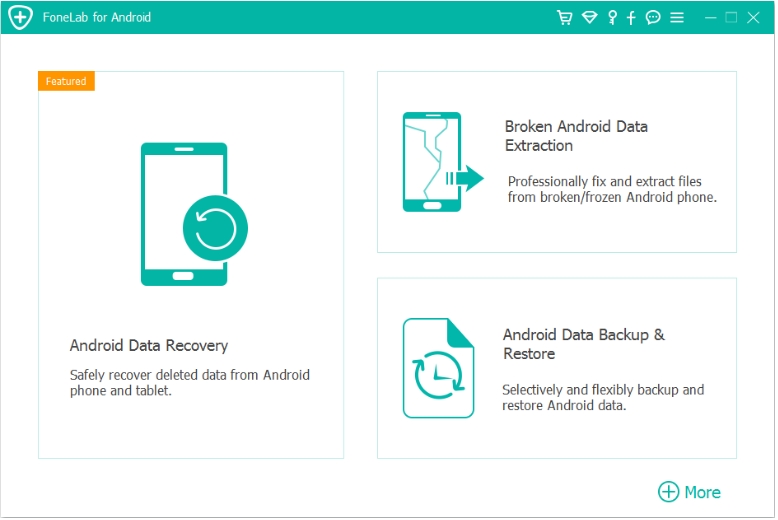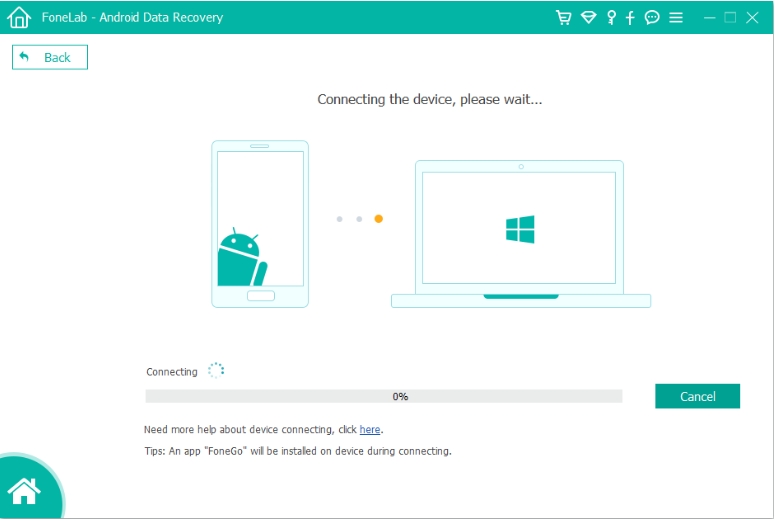How to Recover Photos from Pixel with Broken Screen?
Learn how to recover photos from a Google Pixel with a broken screen using practical methods—software recovery, USB connection, Google cloud sync, OTG tools, and professional solutions—without losing precious memories.
Analyzing the Title
The title “How to Recover Photos from Google Pixel with Broken Screen?” reflects a frustrating yet common situation for smartphone users. A broken screen does not mean your memories are gone. Google Pixel phones are often used to capture important family photos, travel moments, and personal achievements, but when the screen cracks—or worse, becomes completely unresponsive—accessing those images can feel impossible. Many users panic, assuming the damage equals permanent data loss. Fortunately, this isn’t the case. Photos stored on your Google Pixel can be recovered with the right approach, whether the damage is partial (touch not working, black screen, or cracked glass) or severe.
This article explores multiple effective ways to recover your pixel photos, from professional Android data recovery tools to practical DIY methods using Google’s cloud services or USB connections. Each solution is explained clearly so that even those without technical expertise can follow along.
Guide List
- The Problem: Why Pixel Broken Screens Complicate Photo Recovery
- Solution 1: Use iDatapp Android Data Recovery Software (Recommended)
- Solution 2: Recover Photos from Google Photos Backup
- Solution 3: Transfer Files via USB with a Mouse (OTG Adapter Method)
- Solution 4: Recover via Google Drive or Other Cloud Services
- Solution 5: Use an SD Card or External Backup (If Available)
- Important Considerations Before Attempting Recovery
- Frequently Asked Questions
The Problem: Why Pixel Broken Screens Complicate Photo Recovery
When a Pixel screen is broken, two main issues arise:
- Touchscreen Inaccessibility – Even if the display works, you may not be able to enter your PIN, allow USB debugging, or transfer files.
- Display Failure – A fully black or distorted display prevents you from navigating your phone to access Google Photos, settings, or storage.
Additionally, newer Google Pixel models often come with data encryption, making it impossible to simply remove the storage chip and read files. This means you need smart workarounds, either through cloud backups, computer connections, or specialized software.
The good news: your photos are not gone unless overwritten. With the right recovery method, you can extract them safely.
Solution 1: Use iDatapp Android Data Recovery Software (Recommended)
If your Pixel screen is completely unresponsive, the most reliable option is to use iDatapp Android Data Recovery. This professional tool can scan and retrieve your photos directly from internal storage—even if you cannot operate the screen. Unlike simple transfer methods, it works around issues like locked touchscreens, encrypted storage, or black displays.

Steps to Use iDatapp Android Data Recovery:
1. Download and install the software on your PC (Windows or Mac).

2. Connect your Pixel to the computer via USB cable.

3. Launch the program and select Broken Android Data Extraction.
4. The tool will guide you to put your device into Download Mode for deep scanning.
5. Once scanning finishes, preview your recoverable photos.
6. Select the photos you want and click Recover to save them on your computer.
Things to Consider: Ensure your Pixel has enough battery power before running the process. iDatapp handles a wide range of broken-screen scenarios, including unresponsive touch, system errors, and frozen displays.
This method is ideal when you want direct, high-quality recovery without depending on pre-enabled backup settings.
Solution 2: Recover Photos from Google Photos Backup
Most Pixel users unknowingly already have their photos backed up. By default, many Pixels auto-sync with Google Photos when connected to Wi-Fi. Even with a broken screen, you can log in from another device and retrieve them.
Steps to Recover via Google Photos:
- On your computer or another phone, open a browser and go to photos.google.com.
- Log in with the same Google account linked to your Pixel.
- Browse through your albums and locate your images.
- Select photos and download them directly to your computer.
Considerations:
- If “Backup & Sync” was disabled on your Pixel before the damage, this won’t work.
- Storage limits may apply if you exceeded free cloud quota.
This solution is the fastest and requires no technical setup, making it the first method to try before attempting more complex options.
Solution 3: Transfer Files via USB with a Mouse (OTG Adapter Method)
If your Pixel’s screen is broken but still displays visuals (only the touchscreen is dead), you can control it with a USB OTG adapter and mouse. This trick lets you unlock the phone and enable data transfer.
Steps to Use OTG Method:
- Get a USB OTG adapter (available online or in electronics stores).
- Plug the adapter into your Pixel and connect a USB mouse.
- Use the mouse pointer to unlock your phone and navigate to Settings > Developer Options > USB Debugging.
- Connect your Pixel to a computer via USB.
- Select File Transfer (MTP) mode using the mouse.
- Access internal storage and copy your photos to your PC.
Things to Keep in Mind:
- Works best if the display still works.
- If USB debugging was already enabled, you may skip some steps.
- Requires a mouse and OTG adapter, which not everyone may have immediately available.
This method is practical for users who want to manually grab their photos without third-party software.
Solution 4: Recover via Google Drive or Other Cloud Services
Besides Google Photos, many users save images to Google Drive, Dropbox, or OneDrive. If you had these apps installed and auto-sync enabled, your photos may already be safe in the cloud.
Steps for Google Drive Recovery:
- Go to drive.google.com on your computer.
- Log in with your Pixel’s Google account.
- Navigate to “My Drive” or check shared folders.
- Select and download your photos.
Considerations:
- Cloud recovery depends on prior sync settings.
- Check file formats—sometimes camera RAW or edited versions may not be synced.
This method is particularly useful if you used your Pixel for work and regularly uploaded media to shared drives.
Solution 5: Use an SD Card or External Backup (If Available)
Not all Pixel models support SD cards, but if yours did—or you used external drives—you might have a local backup. Some users also occasionally copy photos to a computer manually before the damage.
Steps to Recover from Backup:
- Insert the SD card into a card reader on your PC.
- Browse through DCIM or Photos folders.
- Copy your desired photos to the computer.
Things to Note:
- Pixel phones like the Pixel 4a/5 and newer lack SD slots, but earlier models or connected external drives may have been used.
- Regular backups make this method the fastest recovery option.
Important Considerations Before Attempting Recovery
- Avoid repeated powering on/off of the broken Pixel, as this can worsen damage.
- Battery life matters. Keep your phone charged to prevent interruptions during recovery.
- Stop using the device immediately if the screen is physically damaged but still partially functional. Continued use may overwrite photos in storage.
- Act quickly. The longer you wait, the harder recovery becomes due to cache and updates overwriting old files.
Frequently Asked Questions
Can I recover photos from a Pixel with a black screen but working power?
Yes. You can use iDatapp Android Data Recovery or connect with an OTG adapter and mouse to navigate the system for file transfer.
Do I need USB debugging enabled for recovery software?
Not always. Professional recovery software like iDatapp can bypass this limitation by working in Download Mode.
What if my Pixel is stuck in boot loop after screen damage?
iDatapp Android Data Recovery supports recovery even from system errors, including boot loops or frozen screens.
Are deleted photos still recoverable if my Pixel’s screen is broken?
Yes, as long as the storage sectors haven’t been overwritten. Use professional recovery tools for the best chance.
Does Google Photos keep deleted pictures?
Yes. Google Photos stores deleted items in the Trash folder for 30 days. You can restore them within this period, even from another device.
Summary
Recovering photos from a Pixel with a broken screen may seem daunting, but with the right approach, your memories are still within reach. The most reliable method is using iDatapp Android Data Recovery, which works even when the touchscreen or display is unresponsive. Simpler solutions include checking Google Photos, retrieving files with a USB mouse and OTG adapter, or exploring Google Drive backups. For those with external storage or SD cards, recovery can be as simple as plugging into a computer.
A broken screen does not mean broken memories. By acting quickly and choosing the right recovery solution, you can safeguard your photos and avoid permanent loss.
